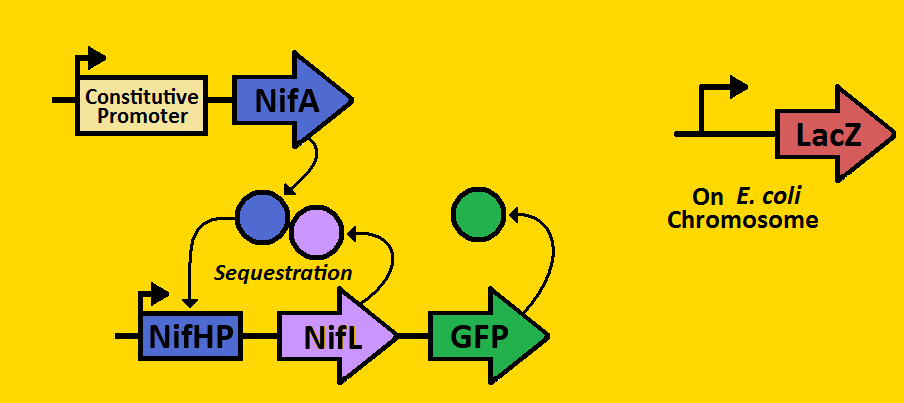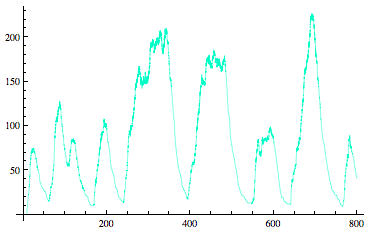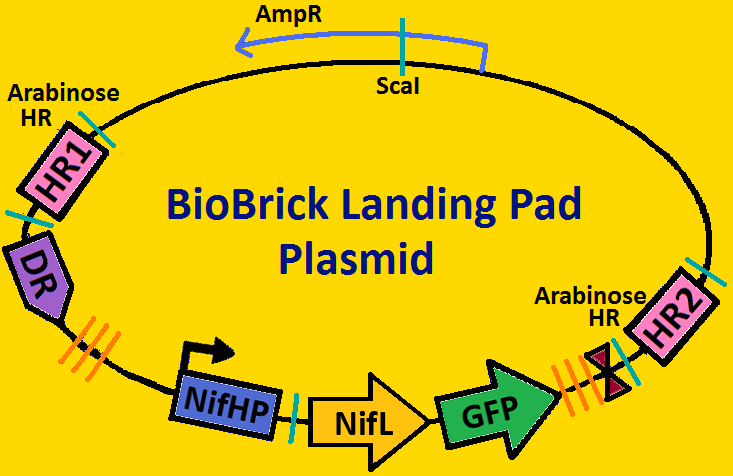Team:Michigan/Project
From 2008.igem.org
|
|---|
|
Project DescriptionCircadian ClocksShort background on circadian clocks... why they're important, why they're studied, maybe who studies them...
Our Project: The Sequestillator
|
|---|
Sequestilator Modeling |
Sequestilator FabricationIf you like the way this looks, you could put a summary of what you built here and then we can have a separate page for fabrication, which might be a good idea. |
|---|
|
Landing PadsA landing pad is tool that can be used by all synthetic biologists to insert synthetic operons onto the chromosome of E. coli. We will be using two landing pads for our project: the arabinose landing pad and leucine landing pad. Both of these landing pads will replace the respective metabolic operons with our desired subcloned genetic elements. The leucine landing pad was constructed by a former member of the Ninfa lab, Dong Eun Chang and the arabinose landing pad was a part of our iGEM 2007 project, and was worked on by Alyssa Delke and Khalid Miri. In using these landing pads, we wish to limit the noise in our system in order to (hopefully) obtain more sustained oscillations than previous synthetic clocks have given.
|
|---|
 "
"



